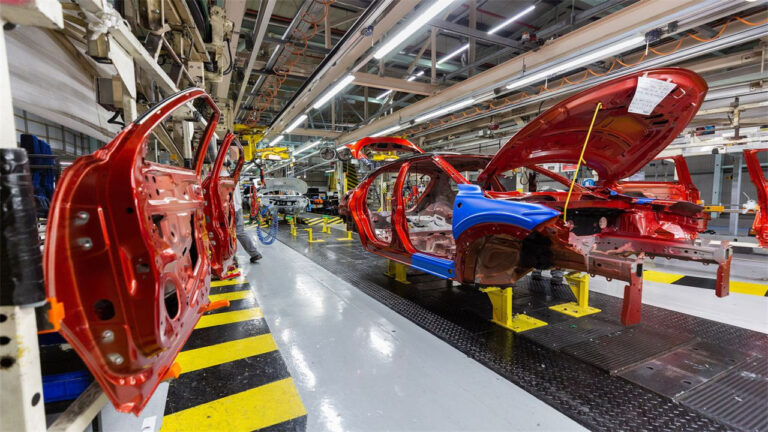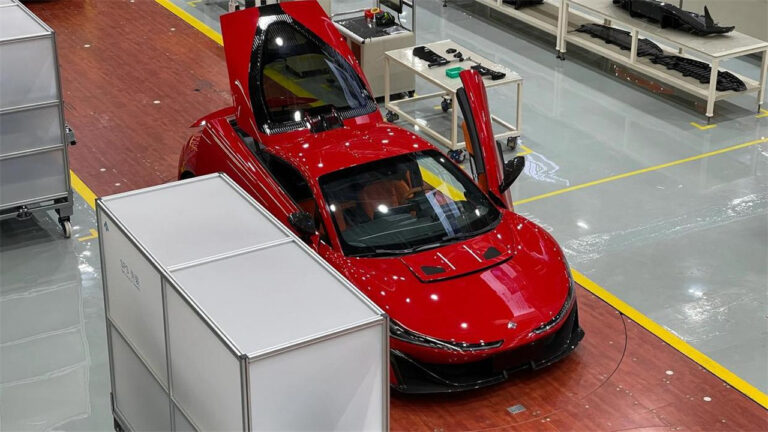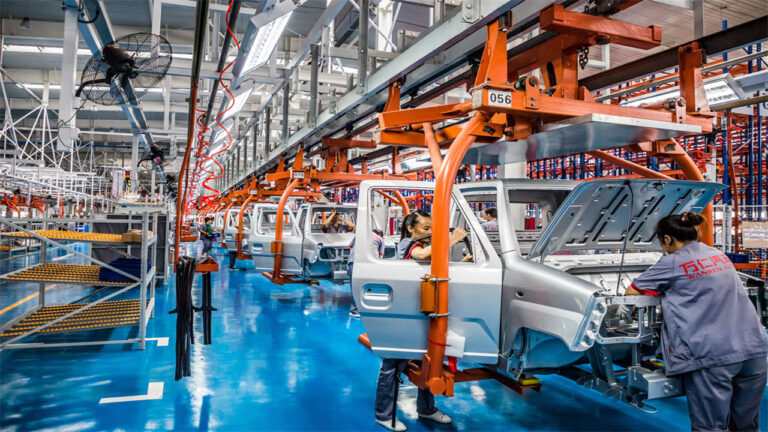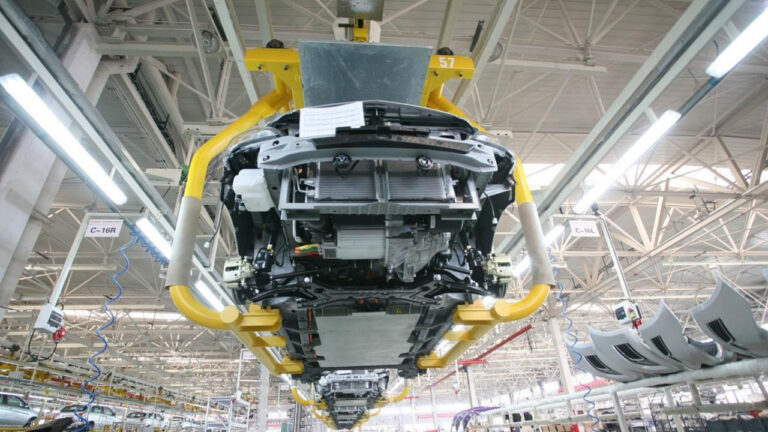Car Production Line——Automobile Production Line
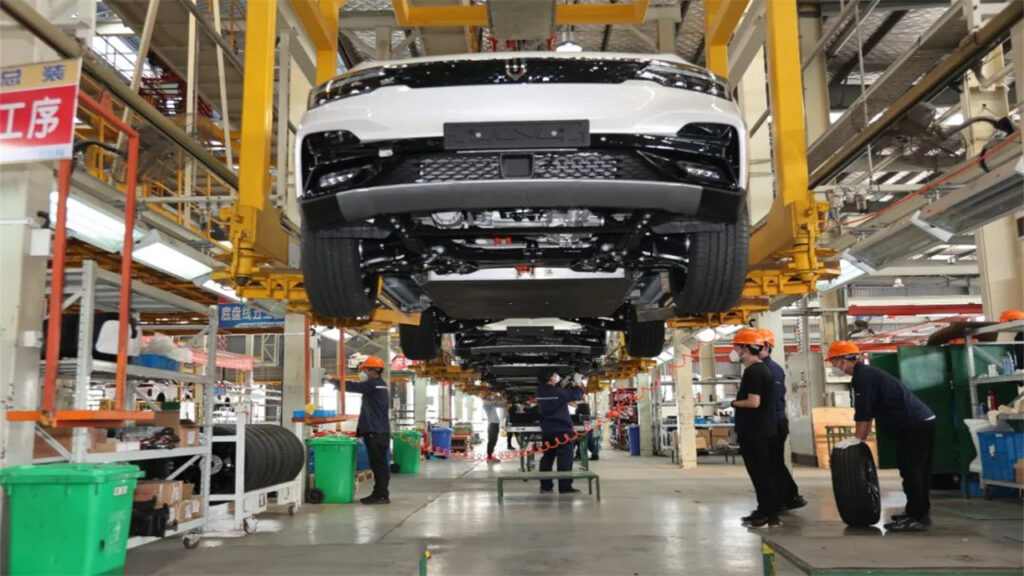
Automobile Production Lines/Assembly Lines are Suitable to Assemble/Produce 4 wheelers, Cars, Sedans, SUVs, Automobiles, EVs and so on.(Sometimes, suitable for Pickups production.)

A Car Production Line/Automobile Production Lines is a system for manufacturing automobiles through a series of sequential operations. Its development has evolved from manual assembly to automation and, more recently, to intelligent manufacturing. Here are the main aspects of an automobile production line:
Main Processes
- Stamping: Metal sheets are stamped into body components, such as doors and roofs.
- Welding: Stamped parts are welded together to form the vehicle frame. Modern production lines extensively use robots for high-precision welding.
- Painting: The body is painted and coated to prevent corrosion and enhance appearance.
- Final Assembly: The body is combined with the engine, chassis, and interior components to form a complete vehicle.
- Powertrain: Production and assembly of engines and transmissions.
Technical Features
- Automation and Intelligence: Modern automobile production lines widely employ robots and automated conveyor systems to achieve high-precision and high-efficiency manufacturing.
- Integration of Digital Technologies: Utilizing CAD/CAM (Computer-Aided Design/Manufacturing) and MES (Manufacturing Execution Systems) to enhance the collaboration between design and production, and to shorten product launch times.
- Flexible Production: By adopting modular and reconfigurable designs, production lines can quickly adapt to market changes and the demand for small-batch, high-variety production.
- Green Manufacturing: With increasing environmental awareness, automakers are using renewable energy and eco-friendly materials in production.
Development Trends
- Customized Production: Future automobile production lines will focus more on flexibility and customization to meet consumers’ demands for personalized configurations.
- Smart Factories: Leveraging big data analytics and AI for predictive maintenance to improve production efficiency and achieve human-machine collaboration.
- New Energy Vehicle Production: As electric vehicles and autonomous driving technologies rise, production lines will adapt to the specific needs of new energy and intelligent vehicles.
The upgrading and innovation of automobile production lines not only improve production efficiency and reduce costs but also meet the market’s demands for environmental protection and personalization.
